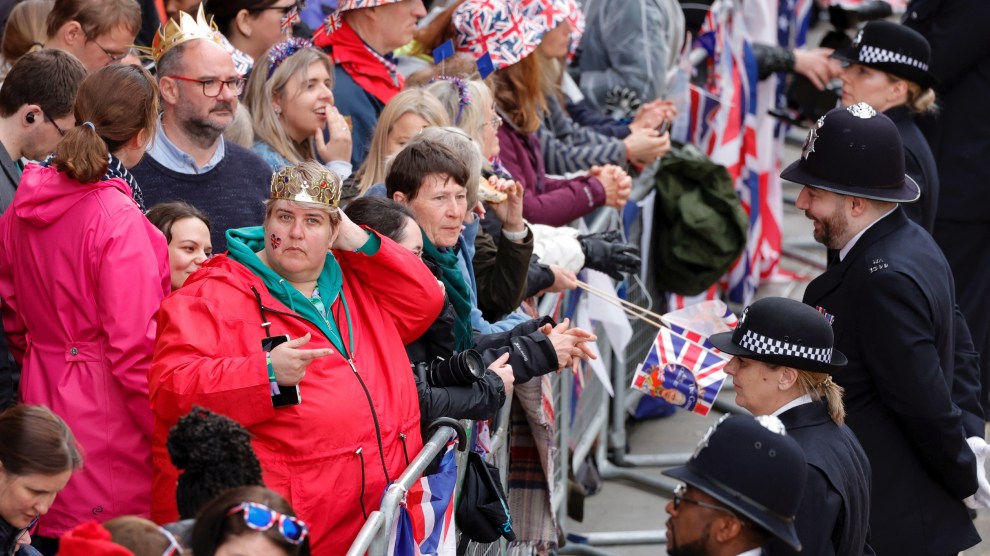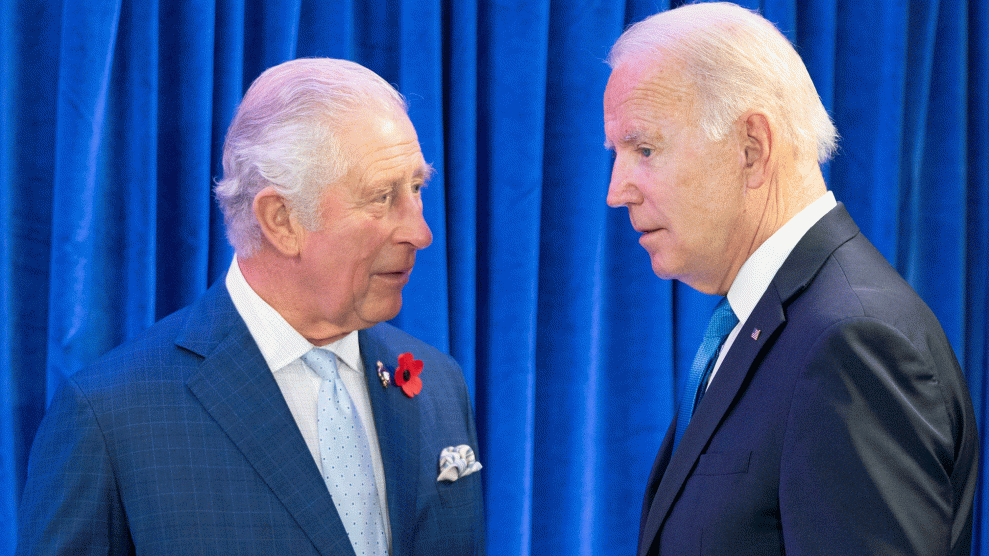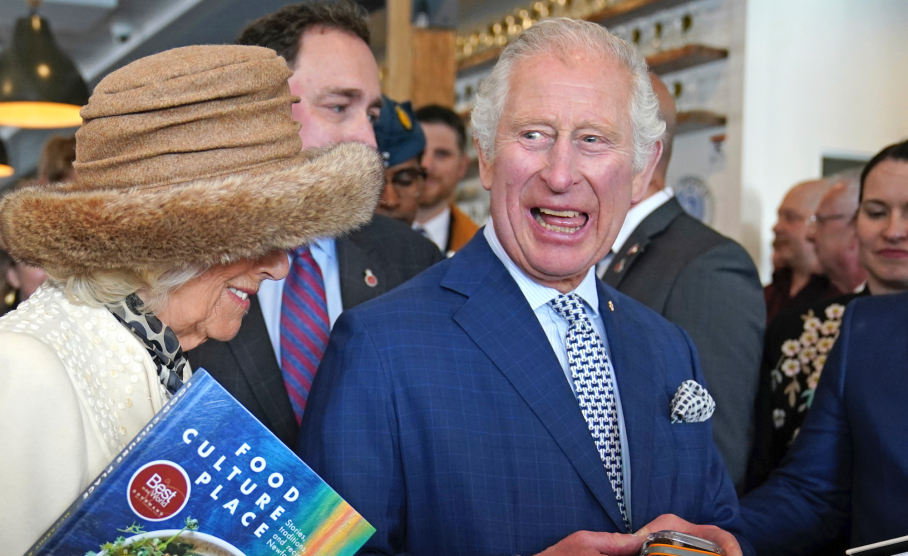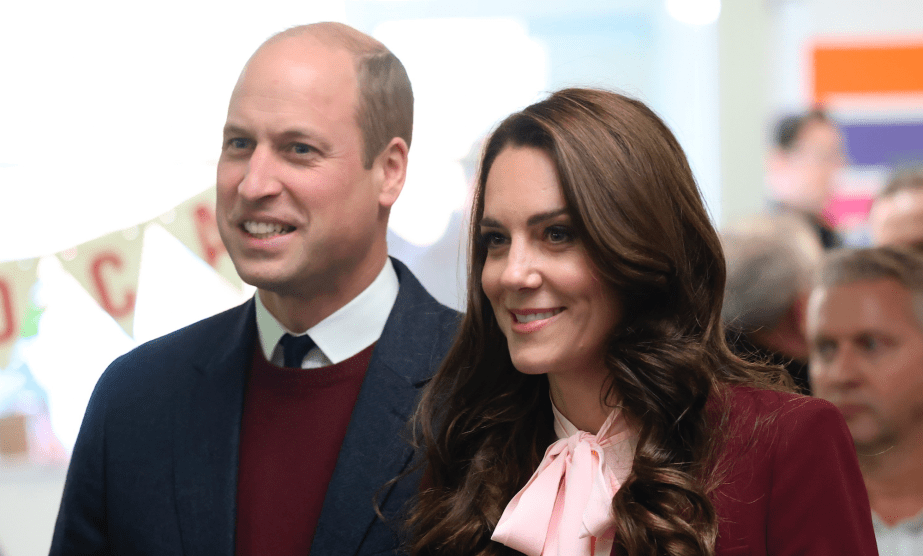
Piroschka van de Wouw/AP
King Charles III’s coronation on Saturday morning offered up the expected stream of opulent props and view-obstructing hats, along with unpredictable delights, like the meme of Katy Perry struggling to find her Westminster Abbey seat. It was hard to miss disgraced Prince Andrew parading a full robe, Prince Louis yawning, or the dogs dressed in noble garb. But as I watched live coverage and scouted online, I had to wonder: Where were the people of color?
The organizers of the celebration reportedly pushed for touches of diversity in an attempt to modernize the crisis-ridden British royal family and, per the coronation order of service, “reflect the diversity of the United Kingdom and its peoples, in striking contrast to seventy years ago.” But the huge crowds outside Buckingham Palace looked positively non-diverse, despite the fact that more than 40 percent of greater London’s population identifies as non-white.
Perhaps they were discouraged by the rain, Prince Andrew or, bigger things like, you know, the monarchy’s legacy of sustaining and profiting by colonialism and slavery. As the Associated Press reported in the run up to Saturday, the country’s diverse communities were, if anything, “ambivalent” about the pending coronation. “Personally it’s a little bit hard to connect to the whole occasion,” said a musician descendant of migrants from Jamaica, an ex-colony now trying to leave the Commonwealth. “I think that the coronation could possibly allow people like me to try and connect to (the monarchy). But it can be a bit tough.”
Nearly half the population of London is non-white. Will any of the media comment on the fact that the crowd who chose to attend the coronation seems to be overhwhelmingly white?
— Joel Berg (@Joelsberg) May 6, 2023
It is slightly jarring that this coronation keeps banging on about all faiths and people and then it pans back to the crowd and it’s just a carpet of old white inherited wealth wearing flashy coats.
— Jamie Smart (@jamiesmart) May 6, 2023
















